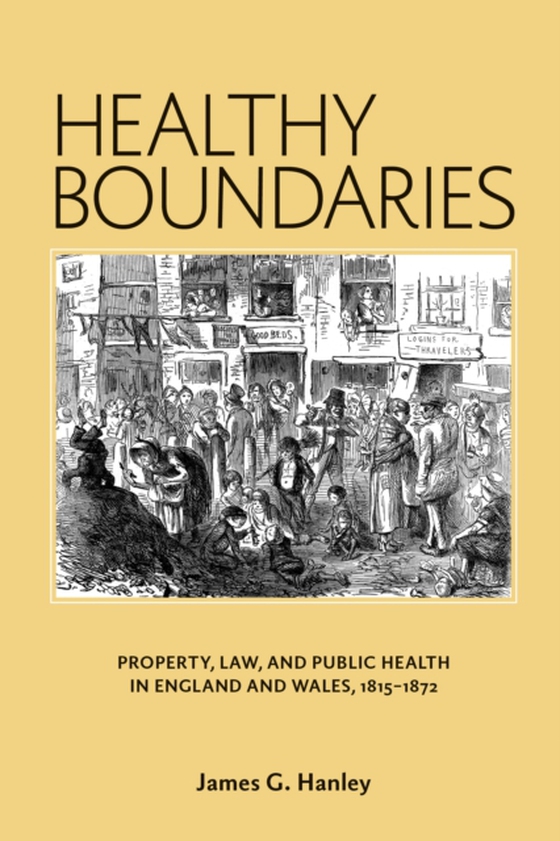
Healthy Boundaries e-bog
509,93 DKK
(inkl. moms 637,41 DKK)
Argues that the legacies of Victorian public health in England and Wales were not just better health and cleaner cities but also new ideas of property, liability, and community.This book argues that the legacies of nineteenth-century public health in England and Wales were not just better health and cleaner cities but also new ideas of property and people. Between 1815 and 1872, the work of pub...
E-bog
509,93 DKK
Udgivet
1 juni 2016
Længde
270 sider
Genrer
1DBK
Sprog
English
Format
pdf
Beskyttelse
LCP
ISBN
9781782047056
Argues that the legacies of Victorian public health in England and Wales were not just better health and cleaner cities but also new ideas of property, liability, and community.This book argues that the legacies of nineteenth-century public health in England and Wales were not just better health and cleaner cities but also new ideas of property and people. Between 1815 and 1872, the work of public healthactivists led to multiple redefinitions of both, shifting the boundaries between public and private nuisances, public and private services, taxable and nontaxable property, cities and suburbs, the state and the individual, and, finally, between different kinds of individuals. These boundary-making processes were themselves inflected by different material, political, and ideological developments in the areas of disease, demography, democracy, and domesticity. The changes in boundaries manifested themselves in the creation of new nuisance laws and in the minute control by the state of private domestic arrangements. Most important, these changes also promoted a radical shiftin ideas on who should bear financial responsibility for the health of others, stimulating in the process a controversy on the nature of community. Public health thus served as an important, if contradictory, site in the creationof communities, enhancing the right to health for some while simultaneously restricting in the name of health the privacy rights of others. Relying on underused legal sources, this book presents a fresh view of the local originsand legal and political significance of the public health movement of the nineteenth century. James G. Hanley is associate professor of history at the University of Winnipeg.
 Dansk
Dansk

